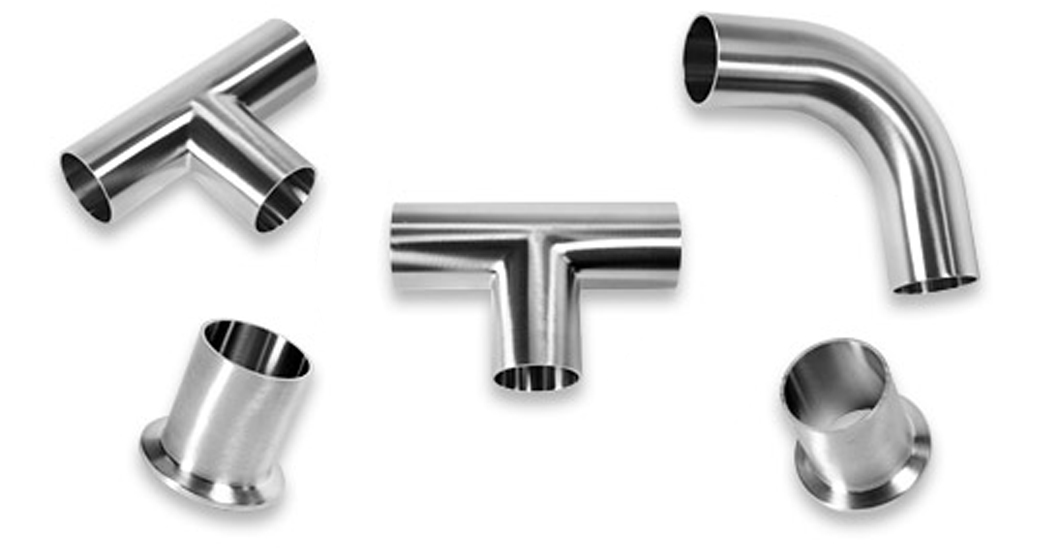Stainless steel products contain a mixture of elements including:
- Chromium
- Nickel
- Carbon
- Manganese
304 and 316 stainless steel are part of the austenitic family of stainless steels – which are non-magnetic and make up approximately two-thirds of all stainless steel used today. The most common alloy is 304 which is used in a variety of applications for its durability, appearance and resistance to corrosion. However, situations involving acidic material, industrial solvents or highly concentrated saline environments can cause corrosion and eventual failure of 304 stainless steel. Common applications include kitchen equipment, medical trays and cookware.
316 stainless steel has a similar chemical composition to 304, coupled with an additional element, Molybdenum. This alloy drastically enhances corrosion resistance, especially in environments prone to rust. It enables common stainless steel to withstand harsh environments. Stainless steels containing molybdenum are required in the manufacture of certain pharmaceuticals in order to avoid excessive metallic contamination. Some common applications include, water heaters, boat ladders and medical equipment. The Chicago Bean is made from 316ss material.
While 304 is an economical and practical choice for most environments, it doesn’t have the corrosion resistance of higher quality 316 stainless steel. On average, 316 stainless steel costs 20- 30% more than 304. When considering the price of replacing an entire process line or experiencing manufacturing downtime, the cost versus performance tradeoff is an important consideration.
While both 304 and 316 stainless steels are versatile materials, the main differences lie in their chemical compositions, corrosion resistance in specific environments and cost. Contact the Steel & O’Brien team at sales@steelobrien.com to discuss the specific requirements of your application.

